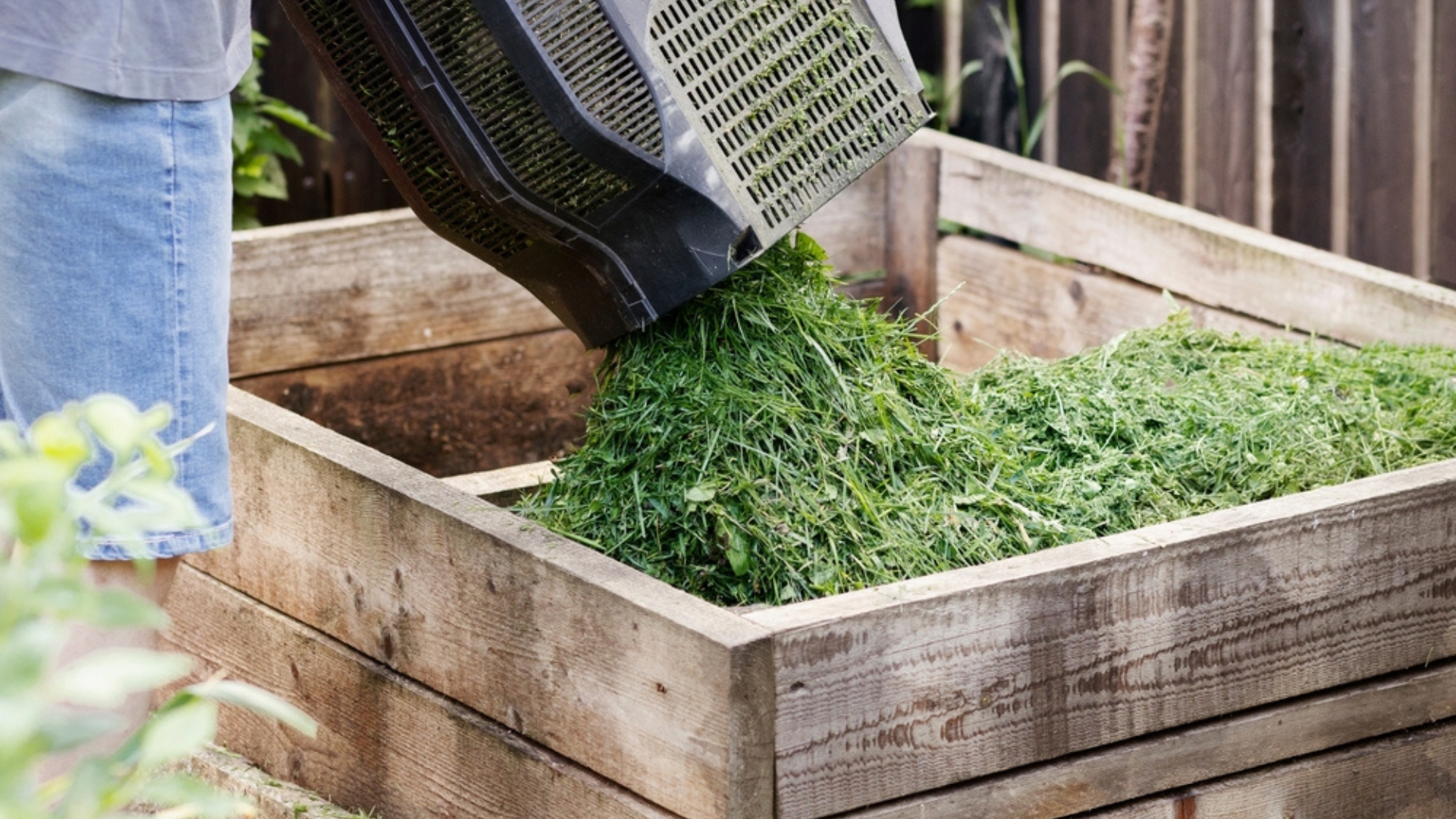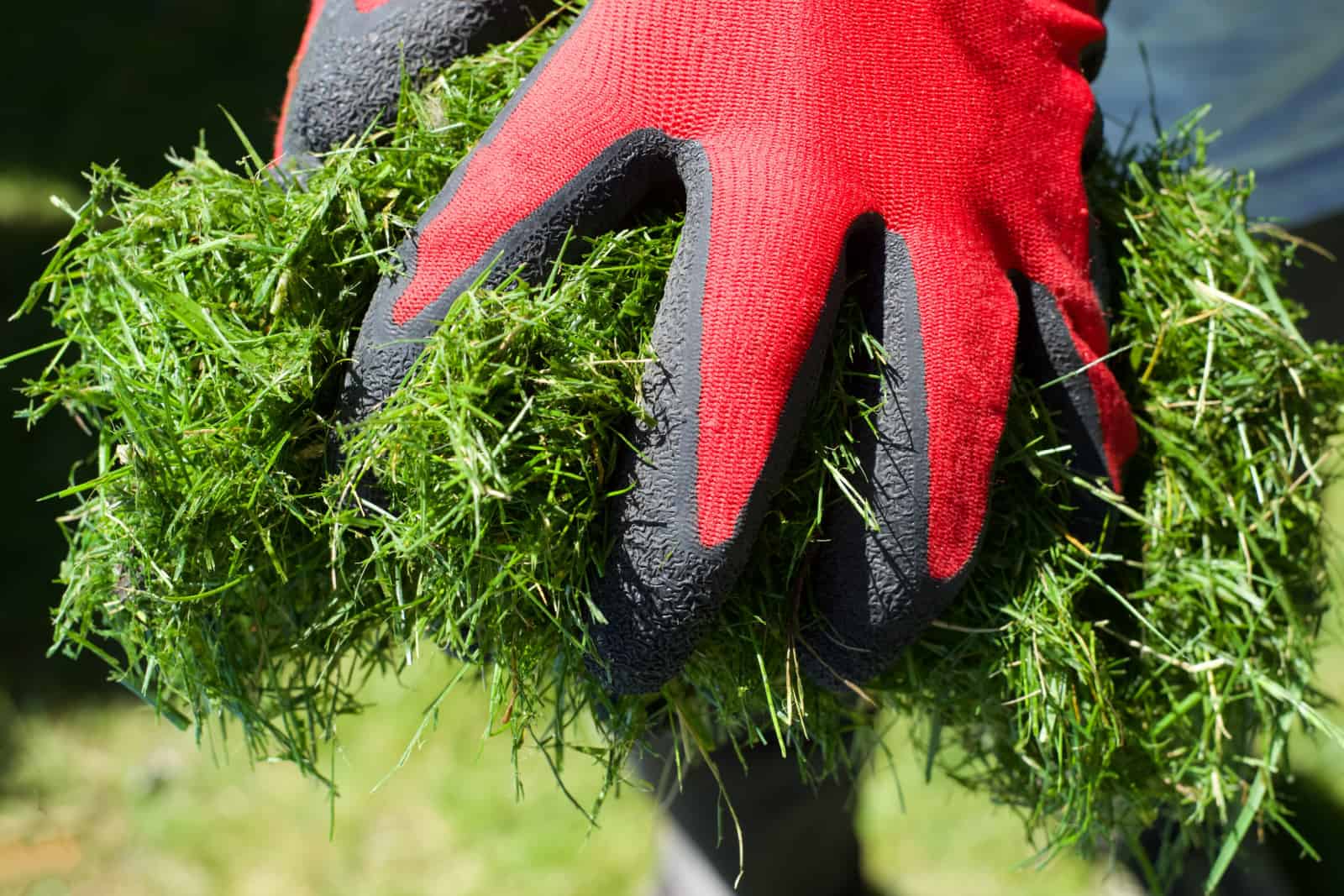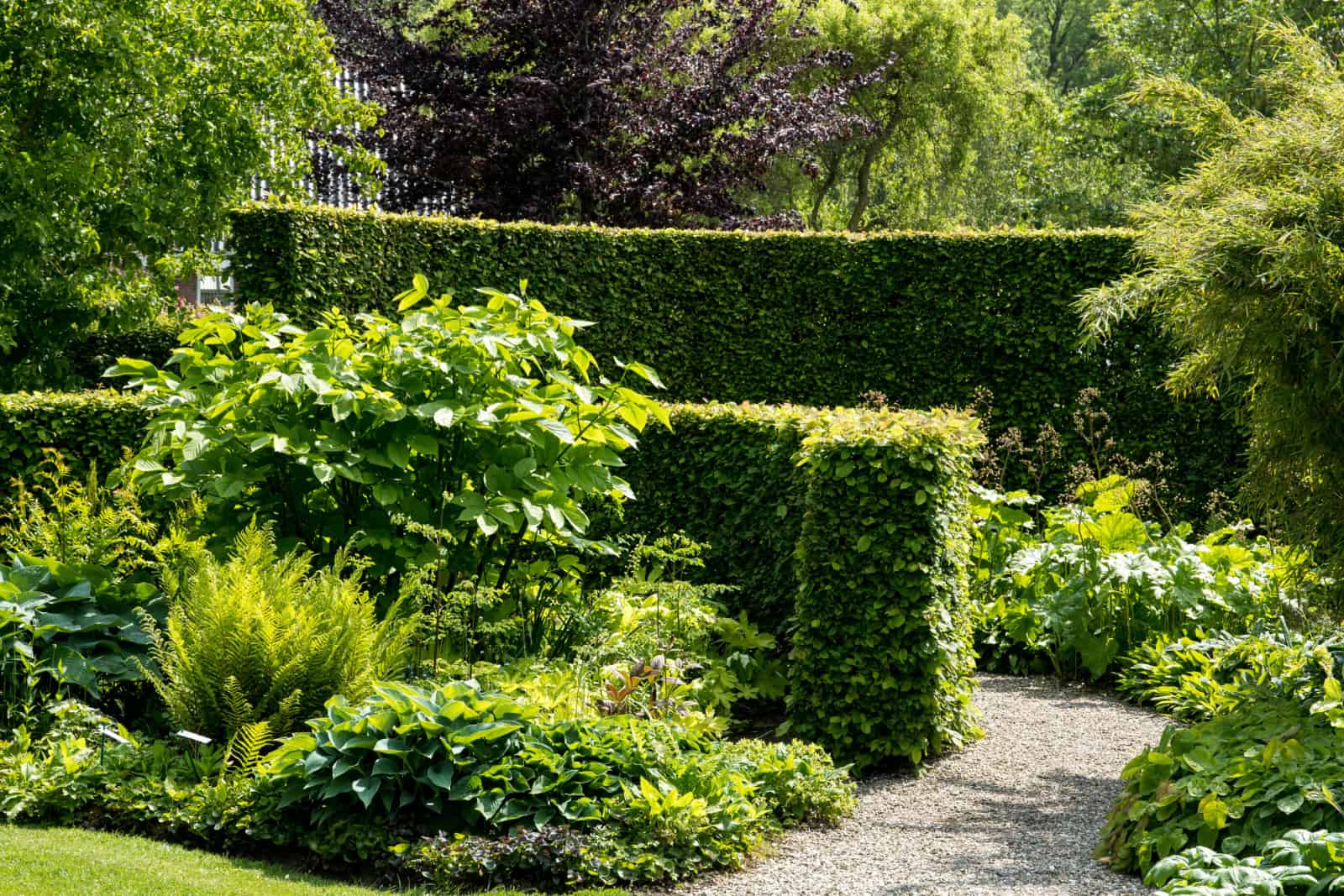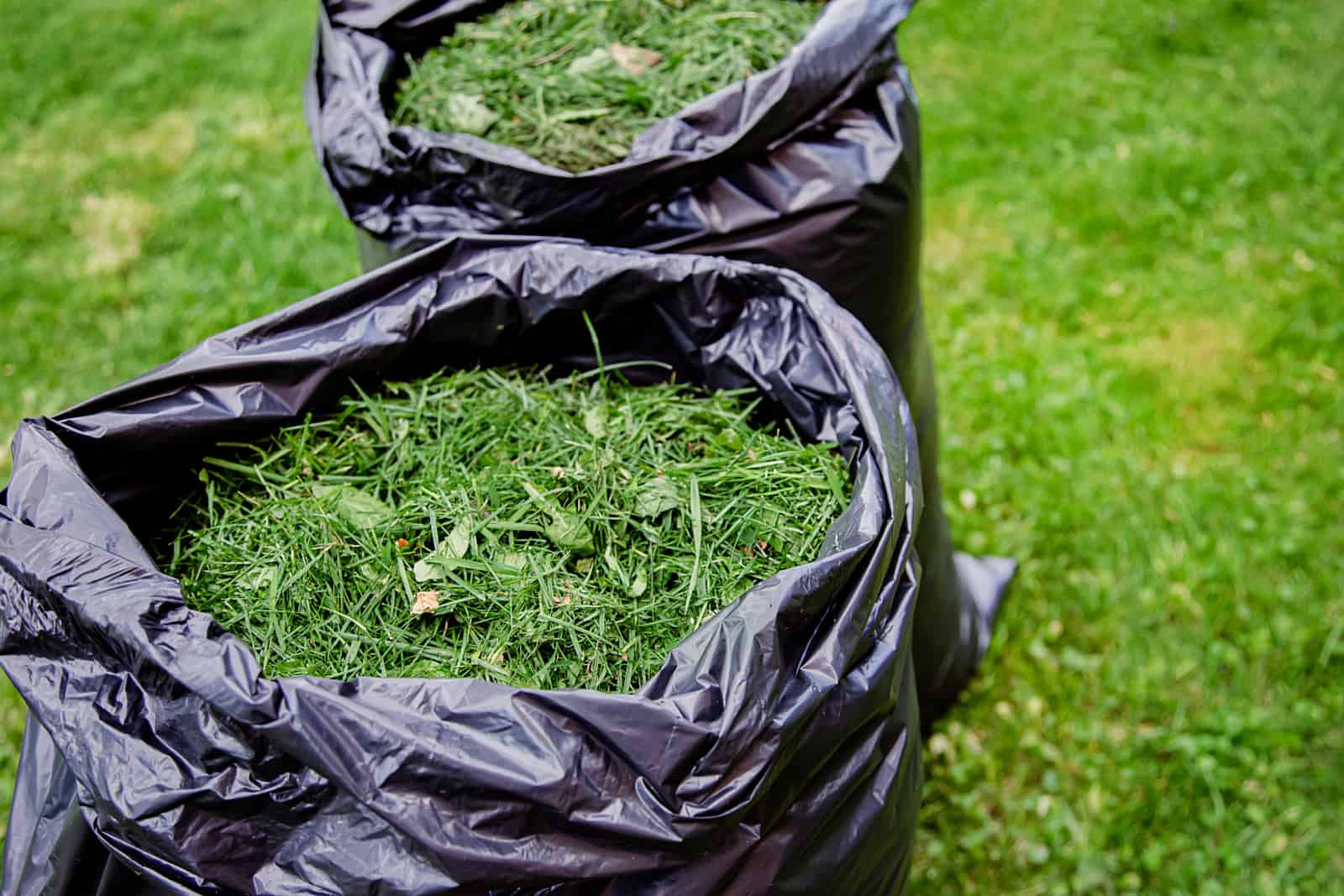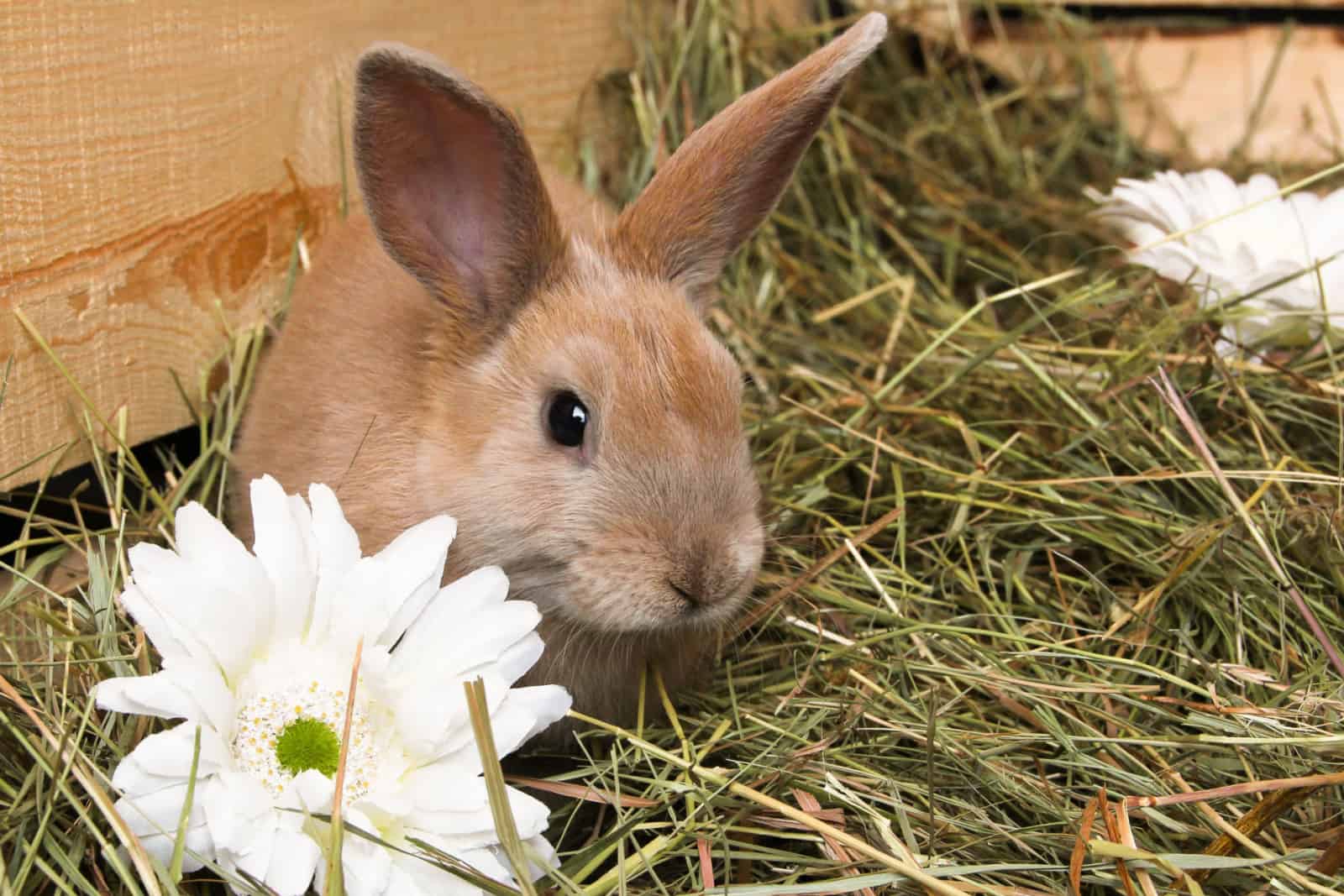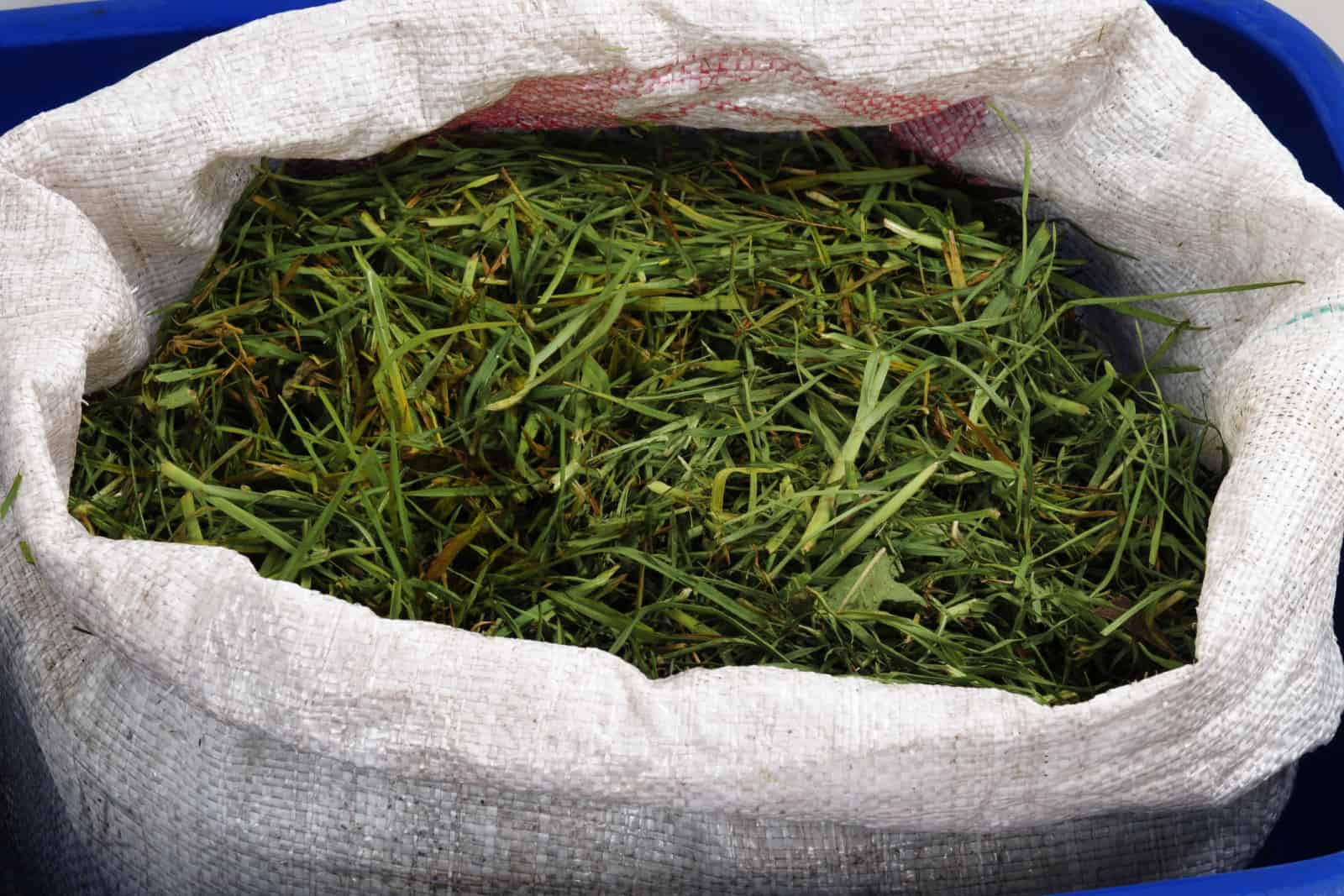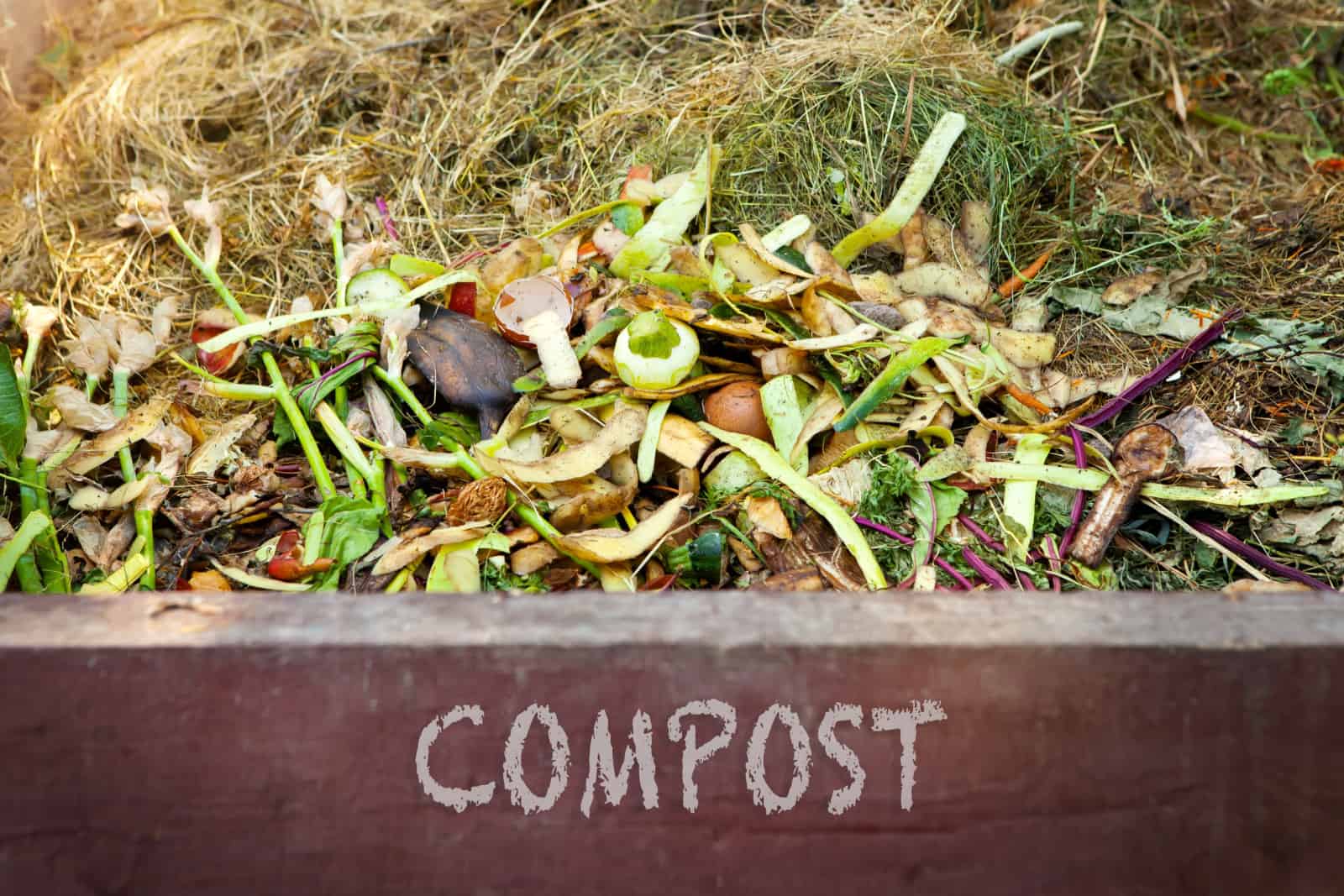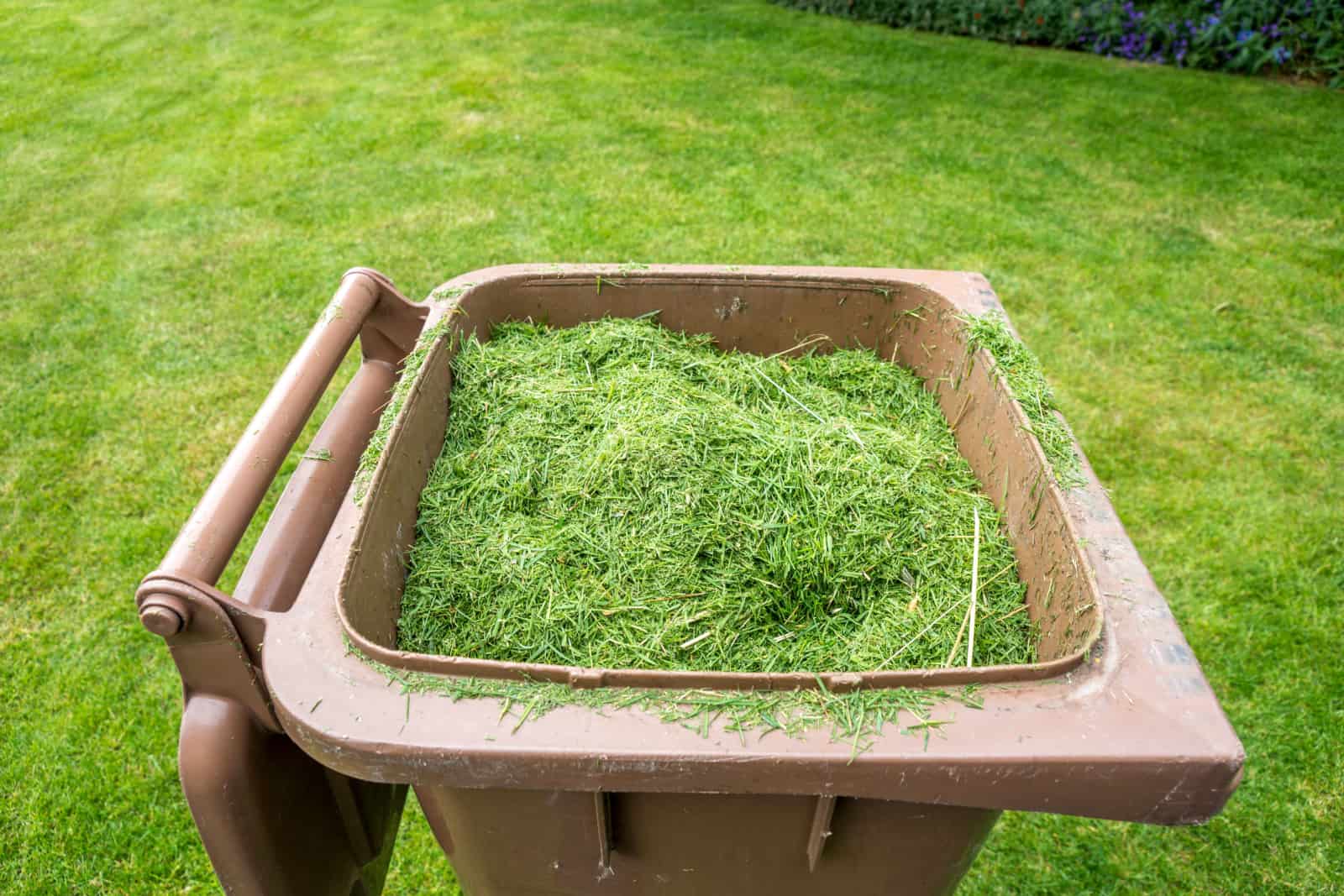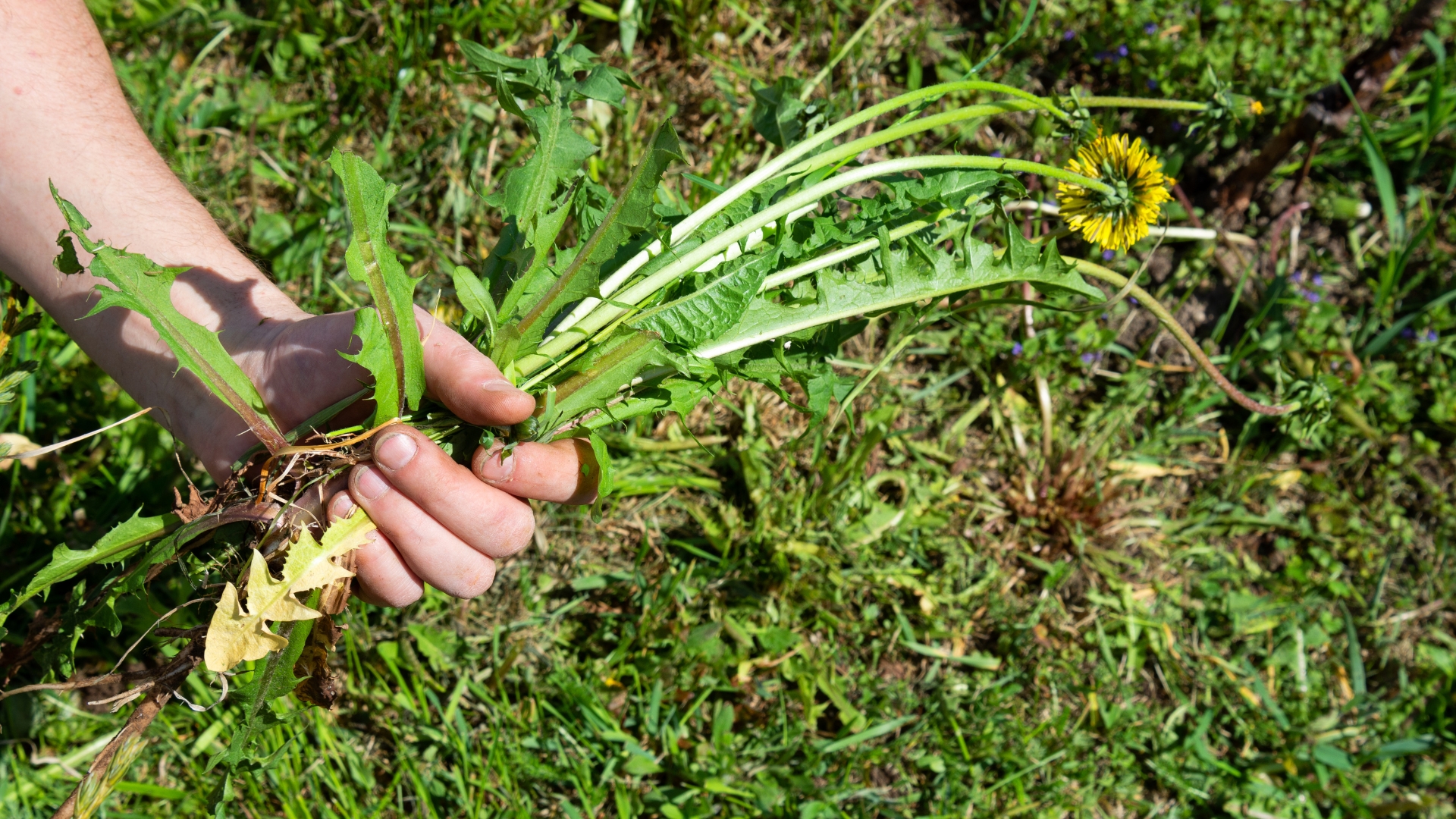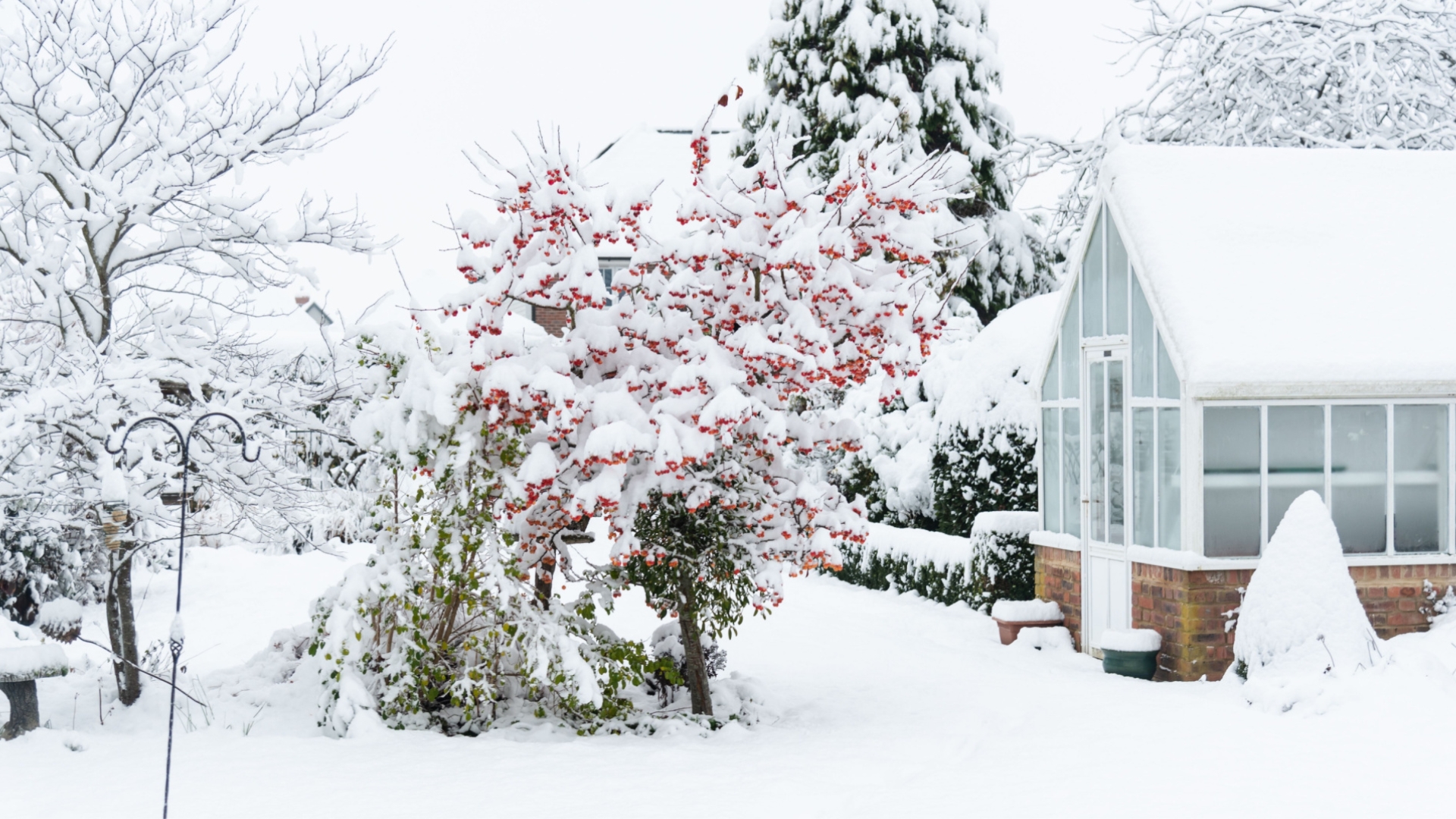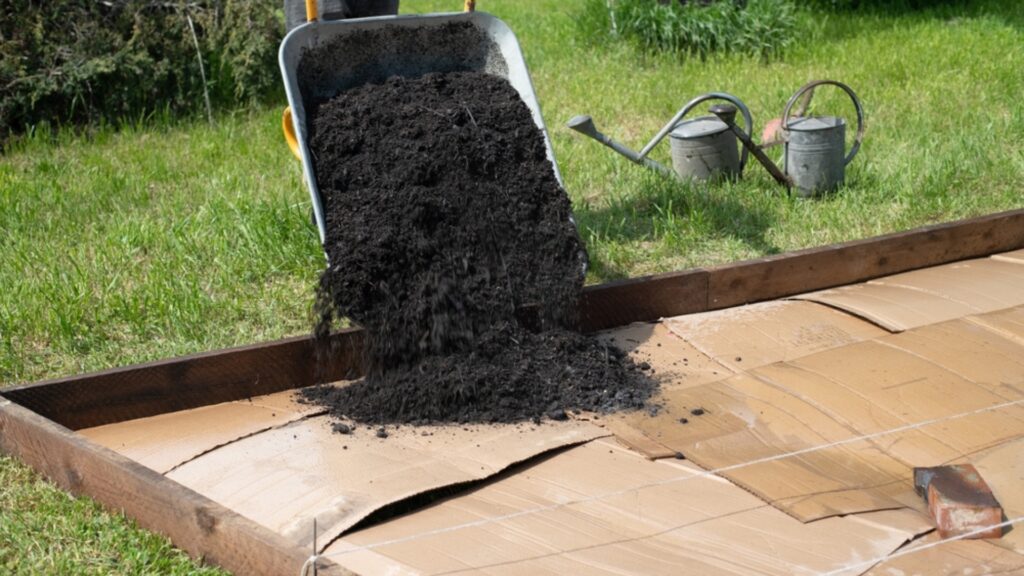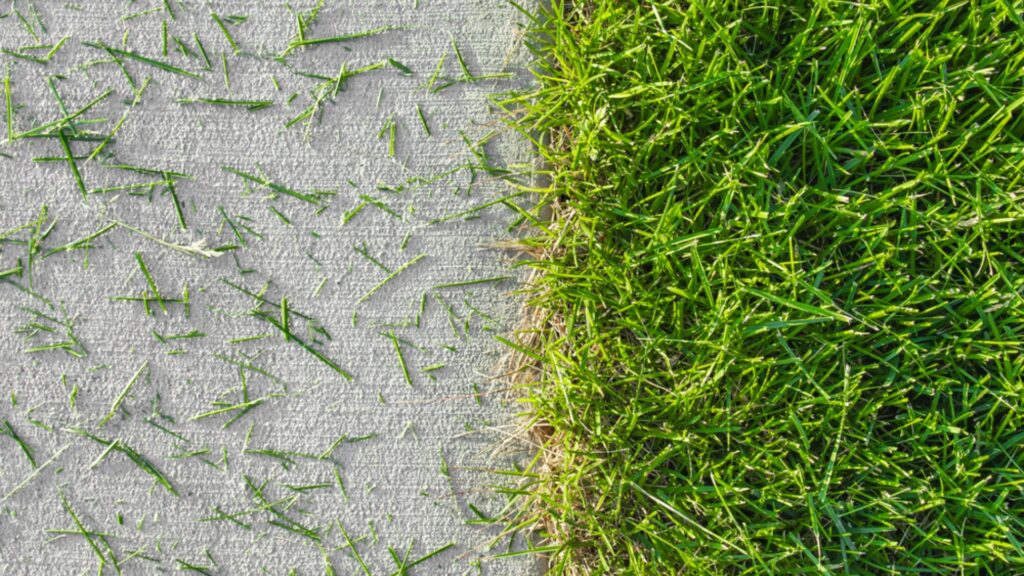After giving your lawn a fresh trim, you’re often left staring at a green mountain of grass clippings. Instead of sweeping them under the rug—or worse, tossing them out with the trash—why not let them pull their weight in your garden?
These humble leftovers are more than just yard waste. Grass clippings are a hidden gem that can breathe new life into your soil, nourish your plants, and help you garden smarter—not harder.
So, before you send them packing, let’s dig into all the clever, eco-friendly ways to put those green shavings to work. Stick around, and you’ll never look at lawn mowing the same way again!
1. Use Them As Mulch
There are many reasons why you should use grass clippings as mulch. First of all, they are completely organic so you won’t have to worry about chemicals ruining the environment.
Grass clippings can also help control soil erosion, prevent weed growth, and regulate soil temperature. As they break down, grass clippings also release nutrients such as nitrogen and potassium.
You can use clippings to line gardens or pathways in order to reduce mud and keep weeds from growing in exposed areas. Besides, you won’t have to spend money on mulch anymore!
Grass clippings should be left to dry out first (you can leave them for a day or two in the sun). Avoid using clippings that have been treated with any kind of pesticides or chemicals.
You can then simply scatter 1 to 2 inch thick layers of grass clippings around your plants, bushes, and even vegetable plots. I must mention that grass clippings might have an unpleasant odor as they start breaking down.
If you want to know more about using grass clippings as mulch, then check our grass clipping as mulch pros and cons list.
2. Fertilize The Grass
We mentioned that grass clippings can release some nutrients, but let’s dig deeper and figure out how to use grass clippings as fertilizer.
Phosphorus, nitrogen, and potassium are vital nutrients present in clippings that are all necessary for a healthy lawn.
Phosphorus helps the root systems, nitrogen boosts healthy growth, and potassium helps the grass build cell walls in order to grow thick and strong.
You will help in pollution reduction by using this organic fertilizer, and at the same time save money by using it instead of buying expensive lawn fertilizers. Additionally, keeping grass clippings on your lawn throughout the hot summer months helps it retain moisture.
So, the next time you are about to cut the grass, leave some clippings behind (remember to avoid cutting wet grass).
To avoid thick layers smothering and harming your lawn, it is best to rake and spread out any damp clumps evenly. By doing this, the decomposition process will be a lot quicker.
3. Hedge Protection
When used as a natural fertilizer to boost plant growth, grass clippings are also effective at preventing weed development.
If you hate seeing unattractive weeds around your neatly trimmed bushes or hedges, adding grass clippings is a great way to keep your hedges looking nice and tidy.
To prevent weeds from growing and developing, just spread a layer of grass clippings under the bases of your plants and hedges. To avoid damaging the main stems of the hedge, experts advise putting about an inch and a half of clippings around the base.
Furthermore, when the grass decomposes, the water content will be absorbed into the soil, keeping it moist during hotter weather.
4. Create A Liquid Fertilizer
Instead of just spreading them across the lawn, you can use grass clippings to make a liquid fertilizer as well!
The first step is filling up about 2 thirds of a bucket with grass clippings. Next, add water until it reaches the top then cover it with a cheesecloth or lid. After letting the mixture “brew” for two weeks, keep the bucket in the shade.
Then use a watering can or cup to carefully sprinkle this grass clipping tea around the base of your plants, veggies, or bushes. You can also pour the mixture into a spray bottle and use it for your precious houseplants.
Don’t use any leftover fertilizer, especially if it starts to smell bad.
By making your own fertilizers you are saving money and at the same time providing your plants with the extra nutrients they need for growth and development!
5. Make Cozy Bedding For Your Pets
Lastly, you can make nice bedding for your pets. Rabbits and guinea pigs absolutely love grass clippings!
First, make sure to properly dry out the grass by turning it over each day. Then, for warmth and comfort, you can put this handmade hay inside their cages.
Once again, never use grass clippings that have been treated with pesticides or chemicals since they can damage animals, especially if they start munching on them.
6. Use Them For Lasagna Gardening
The term “lasagna gardening” refers to a gardening technique for creating a raised bed by layering carbon and nitrogen-rich materials.
You should first pick a spot in your backyard and cover the ground with a thin layer of twigs. Before you put the grass clippings, add a layer of dry leaves on top.
Continue alternating the layers until you have roughly two layers of each type, then add more dry leaves, damp newspaper, and layers of cardboard on top.
After that, let your garden lasagna sit for a few months so that it can decompose naturally. To speed up the decomposition process, it’s also essential to keep the raised bed damp but not soggy.
It should now be ready for planting and growing robust vegetables!
7. Add Them To Your Compost Pile
If you don’t want to throw them away, you can simply add grass clippings to your compost pile. They will provide crucial nutrients to your pile that will enhance the soil fertility.
Keep in mind that you should never compost grass clippings on their own – you should instead balance them out with dry or brown compost materials like dried leaves or shredder paper.
For the best and most effective composting, combine a 1:1 ratio of green and brown materials.
Don’t forget to turn your compost frequently to increase oxygen flow and reduce unpleasant smells!
After all, composting is all about microbes breaking down organic materials. They can transform your trash into wholesome plant food that you can use to encourage plant growth and development!
8. Recycle, Recycle, Recycle
After mowing their lawns, many people send the trash and thatch from their yards to landfills. We are all aware of the detrimental effects landfills have on the environment.
Because of the waste’s decomposition, landfills release greenhouse gasses, specifically methane gas.
Our first objective should be to reduce waste in general, and using grass clippings as mulch, turning them into fertilizers, and adding them to compost can help.
If you don’t want to reuse them, you can simply donate them to your family, friends, or even local schools to use for fertilizing their large fields. My friend’s rabbits absolutely love their grass clipping bedding!
Keep in mind that you should not donate grass clippings that have been treated with pesticides or herbicides.
9. Suppress Weeds In Garden Paths
Tired of weeds creeping up between your garden paths? Grass clippings can help! Spreading a thick layer of dried clippings over walkways and around stepping stones creates a natural weed barrier while keeping the ground neat and mud-free.
As the clippings break down, they also add nutrients to the soil beneath, making it easier to maintain healthy pathways.
Just be sure to replace the layer occasionally to keep weeds from sneaking through. Bonus: it’s a free alternative to store-bought mulch!
10. Insulate Plants In Winter
Grass clippings aren’t just useful in warm months—they can help protect your plants in winter too! A thick layer of dried clippings acts as insulation, shielding plant roots from freezing temperatures and reducing frost damage.
Pile the clippings around the base of delicate perennials, shrubs, or even in vegetable beds before winter sets in.
Just remember to remove the layer in early spring to prevent excess moisture buildup, which can lead to rot. Simple, natural, and effective!
11. Start A No-Dig Garden Bed
No-dig gardening is gaining popularity for its simplicity and soil health benefits—and grass clippings make an excellent starter material!
Begin by laying down cardboard or newspaper to smother existing grass or weeds. Then, add a thick layer of dried grass clippings on top. Continue layering with compost, leaf mold, and more clippings to build a nutrient-rich growing bed.
This method reduces soil disturbance, improves structure, and naturally feeds your plants as everything breaks down. It’s also a great way to repurpose lawn waste into a thriving, low-maintenance garden space.
12. Make Natural Pathway Mats
If you often work in your garden after rain, you know how muddy pathways can get. Grass clippings can help you out here too!
Spread dried grass clippings in thick layers over walkways to create soft, absorbent mats. They’ll soak up moisture, prevent slipping, and keep your boots cleaner while you work. Over time, they’ll break down and enrich the soil underneath.
Just top them up as needed, especially after heavy rains or frequent foot traffic. It’s a smart, sustainable way to keep your garden tidy and reduce waste at the same time.
I hope you found this article helpful.
Until next time!

